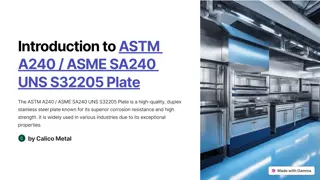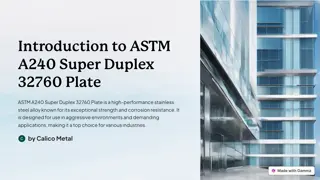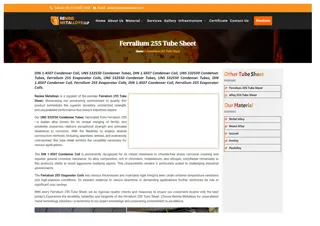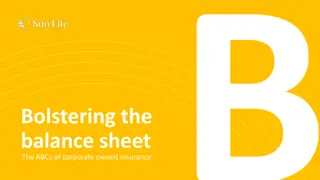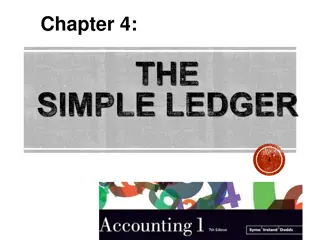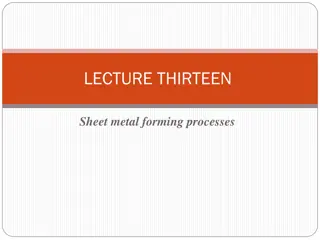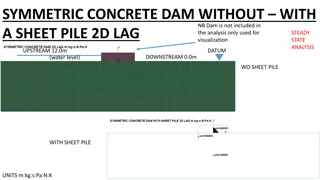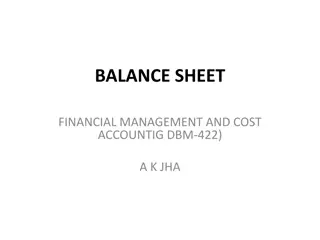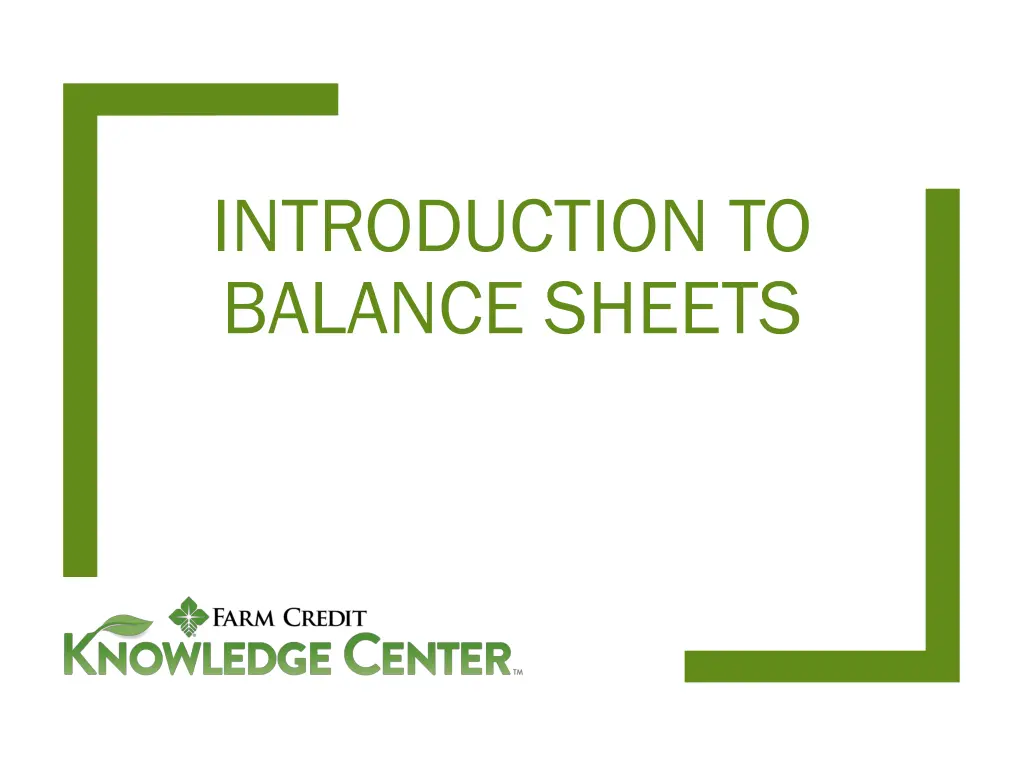
Understanding Balance Sheets: Key Concepts and Importance
Discover the significance of balance sheets in showcasing an individual's or business's financial position at a specific point in time. Learn about assets, liabilities, and net worth, and how balance sheets play a crucial role in obtaining credit and business management. Explore the sections of a balance sheet, including current assets, non-current assets, and current liabilities, to gain insights into financial stability and future projections.
Uploaded on | 0 Views
Download Presentation

Please find below an Image/Link to download the presentation.
The content on the website is provided AS IS for your information and personal use only. It may not be sold, licensed, or shared on other websites without obtaining consent from the author. If you encounter any issues during the download, it is possible that the publisher has removed the file from their server.
You are allowed to download the files provided on this website for personal or commercial use, subject to the condition that they are used lawfully. All files are the property of their respective owners.
The content on the website is provided AS IS for your information and personal use only. It may not be sold, licensed, or shared on other websites without obtaining consent from the author.
E N D
Presentation Transcript
INTRODUCTION TO BALANCE SHEETS
Balance Sheet List of your assets, liabilities, and net worth at a certain point in certain point in time time For individuals or households For businesses Snapshot of your financial position at a certain point in time Shows what you own and what you owe Shows what you own and how you are paying for it
Balance Sheet Assets = Total Liabilities + Net Worth Always holds true Always holds true!! !! Assets = the items you have or own These assets are paid for with: Liabilities = other people s money (loans or debt) Net Worth = your money (down payment) Example: Buy a $150,000 house Make a $30,000 down payment (Net Worth) Get a $120,000 mortgage (Liability)
Balance Sheet Very important for obtaining credit Lenders may want: Past balance sheets Current balance sheet Projected balance sheets Owners & managers use them to identify strengths and weaknesses of the business
Sections of a Balance Sheet Current Assets Cash, checking, and savings accounts Assets that will be used up during production Seed, fertilizer, packaging (cartons) Assets that are meant to be sold within the next year Cut flowers, corn, vegetables, finished goods They will be sold or used in production within 1 year
Sections of a Balance Sheet Non-Current Assets Assets that are used year after year to produce your product or crops Land, buildings, greenhouses, warehouses Equipment, vehicles, tools Breeding livestock (cows/bulls, sows/boars) They usually have a useful life of greater than 1 year They are usually valued at their market value What they could be reasonably sold for
Sections of a Balance Sheet Current Liabilities Liabilities that are scheduled to be repaid within 1 year Examples: Accounts payable to your suppliers Credit card balances Operating loan principal Portion of loan principal that is due within 1 year Unpaid interest owed as of that day These are short-term debts owed to others as of the day of the balance sheet
Sections of a Balance Sheet Non-Current Liabilities Liabilities that you will still owe after the next year The portion of loans that are scheduled to be paid after this year Equipment loans Mortgages Personal loans
Net Worth Net Worth (Owners Equity) This represents how much you are worth in dollars Net Worth = Total Assets Total Liabilities You want to see your Net Worth increasing every year
Balance Sheet Helps evaluate Liquidity and Solvency Liquidity = ability to meet short-term obligations as they come due, without having to sell productive assets Involves Current Assets & Current Liabilities Solvency = ability to meet all obligations as they come due Involves Total Assets & Total Liabilities

